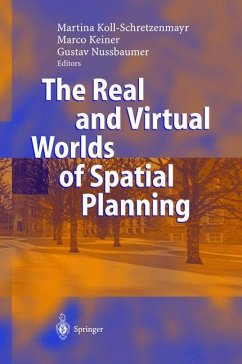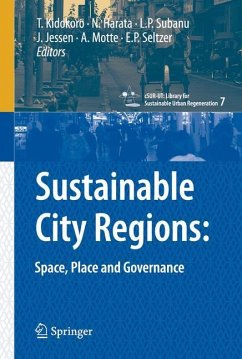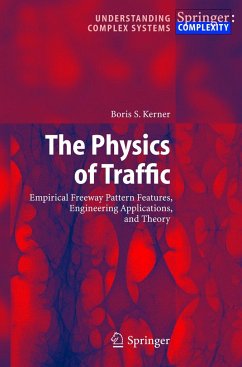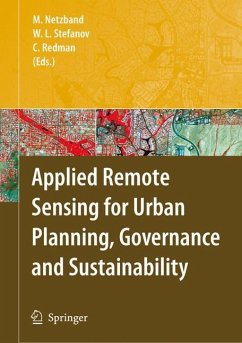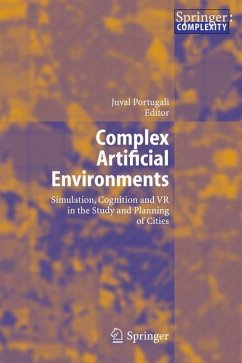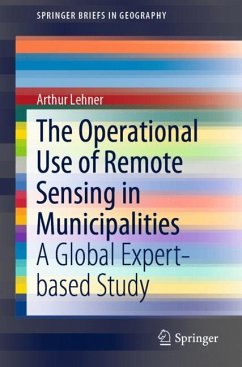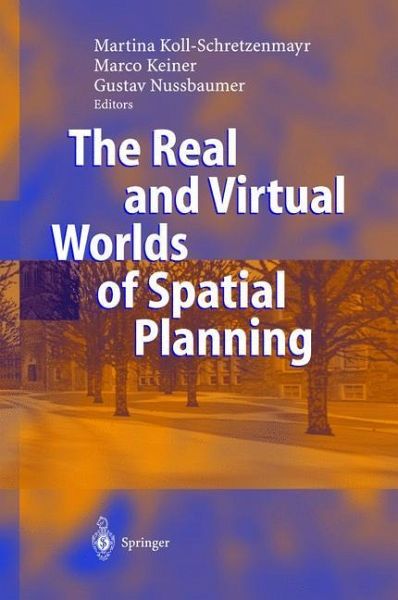
The Real and Virtual Worlds of Spatial Planning

PAYBACK Punkte
58 °P sammeln!
Experiencing the world of daily life means to observe and perceive the natural, the man-made, the socio-spatial, and the politico-economic elements of the en vironment we live in. But, have you ever tried to explain the phenomena of daily life such as a traffic jam or mass transit to a child? It will take you quite a while to find suitable images to make invisible forces perceivable and con cepts like timetables, bus routes, or capacity constraints comprehensible. This exercise alone will convince you that we need imagery or virtual worlds to cope with the complexity of the real world. The tas...
Experiencing the world of daily life means to observe and perceive the natural, the man-made, the socio-spatial, and the politico-economic elements of the en vironment we live in. But, have you ever tried to explain the phenomena of daily life such as a traffic jam or mass transit to a child? It will take you quite a while to find suitable images to make invisible forces perceivable and con cepts like timetables, bus routes, or capacity constraints comprehensible. This exercise alone will convince you that we need imagery or virtual worlds to cope with the complexity of the real world. The task of spatial planning is to design, implement and manage alternative futures for a complex, dynamic socio-spatial environment that emerges from a wide range of intertwined social, political, economic and environmental processes. In order to learn about these processes and gain knowledge that en ables spatial planners to better understand and manage socio-spatial reality, they need to think in and work with virtual worlds.





